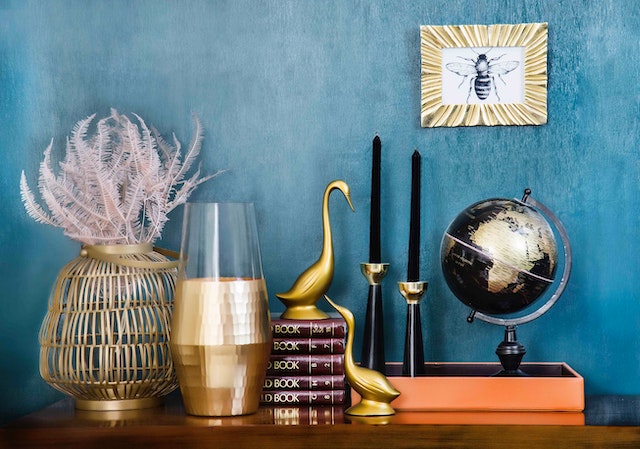Breathing clean air is essential for a healthy life, but did you know that the air inside your home or workplace may be more polluted than outdoor air? Factors like dust, pollen, and mold can easily accumulate indoors and affect our respiratory health. But fear not! There’s an easy solution to improve indoor air quality – introducing the dust curtain. In this blog post, we’ll explore what a dust curtain is and how it can benefit your space’s overall health.
What is a dust curtain?
A dust curtain is a type of air pollution control device that is typically used in industrial settings. They work by creating a barrier between the source of dust and the rest of the room or area. This barrier prevents dust from becoming airborne and thus reduces the amount of air pollution in the area. Dust curtains can be made from various materials, such as PVC or polyester, and are available in a variety of sizes to fit different needs.
Benefits of installing a dust curtain
One of the benefits of installing a dust curtain is that it can help to improve indoor air quality. Dust curtains can help to trap dust and other airborne particles, which can help to reduce the amount of these particles that can enter your home.
It is also good against noise pollution. They can act as a barrier between your home and the outside world, helping to keep out unwanted noise. This can be especially beneficial if you live in an urban area where there is a lot of traffic noise.
Dust curtains can also help to save energy by keeping out drafts. By preventing drafts from entering your home, you can keep your home warmer in the winter and cooler in the summer. They are also good for privacy at home. If you have window treatments that allow people to see into your home, installing a dust curtain can give you some much-needed privacy.
Types of dust curtains available
There are many different types of dust curtains available on the market today. They can be made from a variety of materials, including plastic, vinyl, and fabric. They come in a variety of sizes to fit any door frame and can be installed either permanently or temporarily.
Permanent dust curtains are typically made from heavier-duty materials like vinyl or fabric and are attached to the doorframe with screws or nails. These curtains can be left in place year-round, and are best suited for high-traffic areas where dust is a persistent problem.
Temporary dust curtains are usually made from lighter-weight materials like plastic or fabric, and are held in place with Velcro strips or magnets. They can be removed and replaced as needed, making them ideal for use in seasonal or occasional dusty environments.
How to install them
A dust curtain can be a great way to improve the indoor air quality of your home. They are especially useful if you have allergies or asthma. They can help keep dust and other allergens from circulating in your home. Installing a dust curtain is relatively easy. You will need to measure the space where you want to install the curtain and then cut the fabric to size. Next, you will need to hem the edges of the fabric. Finally, you will need to install hooks or a rod so that you can hang the curtain. Once you have installed it, make sure to wash it regularly. This will help keep it free of dust and allergens.
Maintenance and care tips
One of the best ways to improve indoor air quality is to install a dust curtain. It is a fabric or mesh barrier that hangs down from the ceiling and blocks dust and other particulates from entering the room. Once you have your dust curtain installed, there are a few things you can do to keep it clean and working properly. Vacuum the curtain regularly with a soft brush attachment to remove any trapped dust or dirt. Just keep an eye on spills and stains and try to fix them as soon as possible. Furthermore, if your curtain becomes excessively dirty, you can machine wash it on the gentle cycle with mild detergent. Hang it up to dry completely before re-installing.
Alternatives to the dust curtain
In industrial and construction settings, a dust curtain is commonly used to isolate a work area and contain dust. They are made of heavy-duty materials that can be hung from a ceiling or doorway to create a physical barrier between the work area and the rest of the space. While dust curtains are an effective way to control dust, they are not always practical or possible to use. In some cases, alternatives to the dust curtain may be more appropriate.
One alternative is the use of negative air pressure systems. Negative air pressure systems work by drawing air into the work area and exhausting it outside of the space. This prevents dust from escaping into the rest of the building and ensures that only clean air is circulated.
Another option is to use physical barriers such as walls or partitions to separate the work area from the rest of the space. This can be especially effective in small areas where a dust curtain would be impractical or difficult to install.
Finally, proper ventilation can also help to control dust in a space. By exhaust fans and other means, ventilation can help to remove contaminated air and prevent it from recirculating back into the room.
Conclusion
In conclusion, dust curtains are an effective way to improve the indoor air quality of any room. Not only do they reduce airborne contaminants and allergens, but they also help keep furniture and other items clean by trapping dust particles before they can settle on surfaces. They are relatively easy to install, making them a great option for anyone looking to improve the air quality in their home or office.













